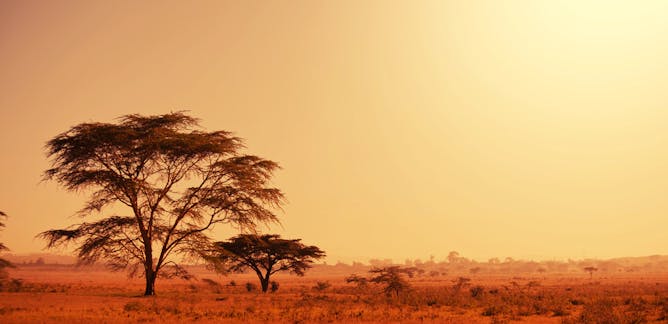_____ was emperor of the kingdom of Mali in Africa. He made a famous pilgrimage to Mecca and established trade routes to the Middle East. Additionally, he is believed to be the wealthiest man to have lived.
a.Hernan Cortes. b.Mansa Musa. c.Lady Mirasaki Shikubu. d.Prince Shotoku e.Emperor Wudi
Mansa Musa was emperor of the kingdom of Mali in Africa. He made a famous pilgrimage to Mecca and established trade routes to the Middle East. Additionally, he is believed to be the wealthiest man to have lived.
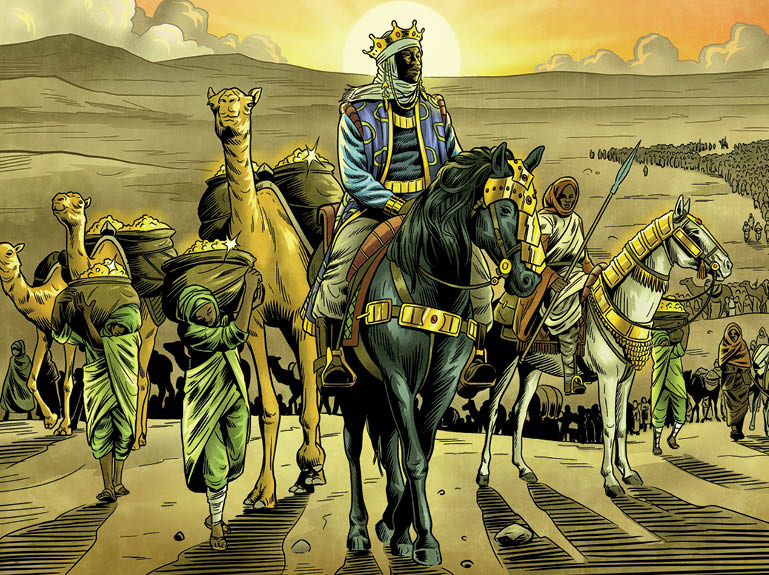
______ is the belief that bodies of water, animals, trees, and other natural objects have spirits.
a.Ancestor worship. b.Animism. c.Buddhism. d.Confucianism. e.Daoism. f.Legalism. g.Polytheism. i.Shintoism
b. Animism is the belief that bodies of water, animals, trees, and other natural objects have spirits.
________ is/are fine sand, clay, or other material carried by running water and deposited as a sediment. It provides nutrients to soil and helped many early civilizations begin farming.
a.Cacao beans b.Jade c.Kente d.Maize e.Obsidian f.Silk g.Silt h.Rice
g. Silt is/are fine sand, clay, or other material carried by running water and deposited as a sediment. It provides nutrients to soil and helped many early civilizations begin farming.
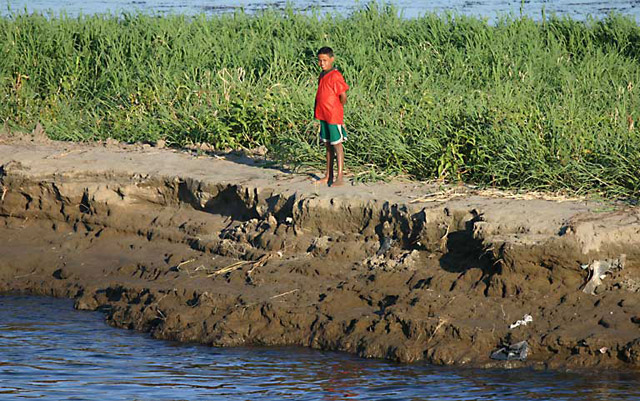
______ is a single-wheeled cart.
a.Acupuncture b.Cacao beans. c.Causeways. d.Hieroglyphics. e.Observatories f.Seismograph. g.Silk h.The sundial i.The wheelbarrow. j.Trade routes
f.The wheelbarrow is a single-wheeled cart.
_______ is the longest river in West Africa, and a kind of trading highway in early times.
a.the Chang Jiang river b.the Huang He River c.the Niger River
c.the Niger River is the longest river in West Africa, and a kind of trading highway in early times.
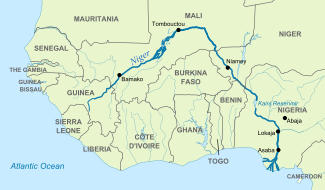
_____ was a Spanish conquistador who defeated the Aztecs through a bloody and brutal conquest. He and other Spaniards were largely motivated by finding gold, claiming land, and converting the indigenous to Christianity.
a.Hernan Cortes. b.Mansa Musa. c.Lady Mirasaki Shikubu. d.Prince Shotoku e.Emperor Wudi
Hernan Cortes was a Spanish conquistador who defeated the Aztecs through a bloody and brutal conquest. He and other Spaniards were largely motivated by finding gold, claiming land, and converting the indigenous to Christianity.
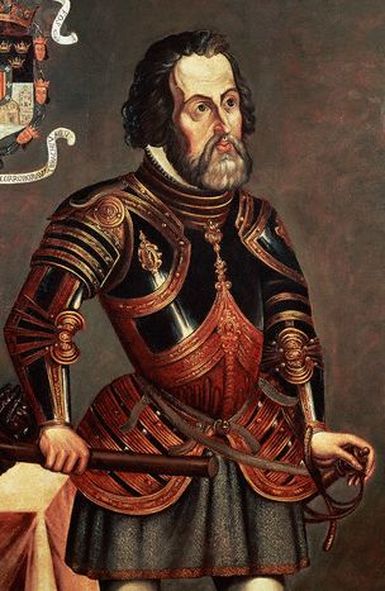
______ is a belief that people should practice their proper role in society and return to ethics. It come to define many aspects of ancient and early Chinese life.
a.Ancestor worship. b.Animism. c.Buddhism. d.Confucianism. e.Daoism. f.Legalism. g.Polytheism. i.Shintoism
d. Confucianism is a belief that people should practice their proper role in society and return to ethics. It come to define many aspects of ancient and early Chinese life.
________ is/are an early form of corn grown by Native Americans.
a.Cacao beans b.Jade c.Kente d.Maize e.Obsidian f.Silk g.Silt h.Rice
d. Maize is/are an early form of corn grown by Native Americans.

_____ was a Han dynasty medical innovation where needles are inserted through the skin at specific points to cure disease or relieve pain.
a.Acupuncture b.Cacao beans. c.Causeways. d.Hieroglyphics. e.Observatories f.Seismograph. g.Silk h.The sundial i.The wheelbarrow. j.Trade routes
a.Acupuncture was a Han dynasty medical innovation where needles are inserted through the skin at specific points to cure disease or relieve pain.
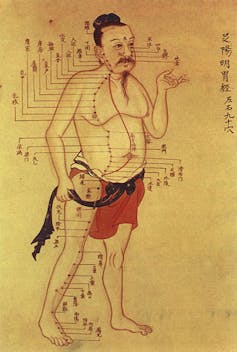
_____ is a strip of land in Northern Africa that divides the desert from wetter areas.
a.The Gobi Desert. b.The Sahara Desert c.The Sahel. d.The sub-sahara
c.The Sahel is a strip of land in Northern Africa that divides the desert from wetter areas.
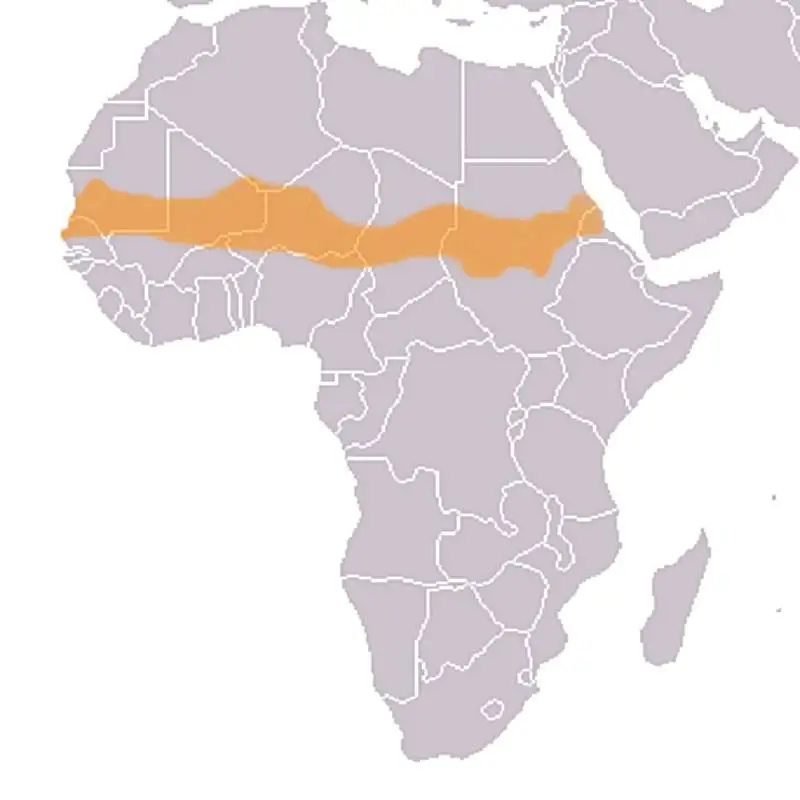
_____ was Han Dynasty emperor who created a strong central government and made Confucianism the official government philosophy.
a.Hernan Cortes. b.Mansa Musa. c.Lady Mirasaki Shikubu. d.Prince Shotoku e.Emperor Wudi
Emperor Wudi was Han Dynasty emperor who created a strong central government and made Confucianism the official government philosophy.

_____ is the belief in or worship of more than one god.
a.Ancestor worship. b.Animism. c.Buddhism. d.Confucianism. e.Daoism. f.Legalism. g.Polytheism. i.Shintoism
g. Polytheism is the belief in or worship of more than one god.
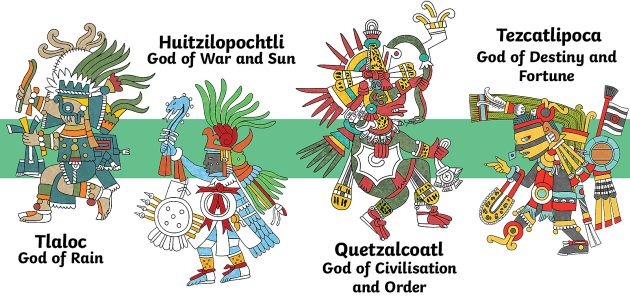
______ is/are a hard volcanic glass often turned into tools, weapons, or decorations. It was traded and used widely in Mesoamerican civilizations.
a.Cacao beans b.Jade c.Kente d.Maize e.Obsidian f.Silk g.Silt h.Rice
e. Obsidian is/are a hard volcanic glass often turned into tools, weapons, or decorations. It was traded and used widely in Mesoamerican civilizations.

______ are a building from which people could study the sky. Ancient civilizations like the Maya were able to build such structures without modern tools.
a.Acupuncture b.Cacao beans. c.Causeways. d.Hieroglyphics. e.Observatories f.Seismograph. g.Silk h.The sundial i.The wheelbarrow. j.Trade routes
c. Observatories is a building from which people could study the sky. Ancient civilizations like the Maya were able to build such structures without modern tools.

_____ was a barrier that linked earlier walls across China’s northern frontier to prevent invasion.
a.The Great Wall b.The Plateau of Tibet c.The Silk Road d.Timbuktu
a.The Great Wall was a barrier that linked earlier walls across China’s northern frontier to prevent invasion.
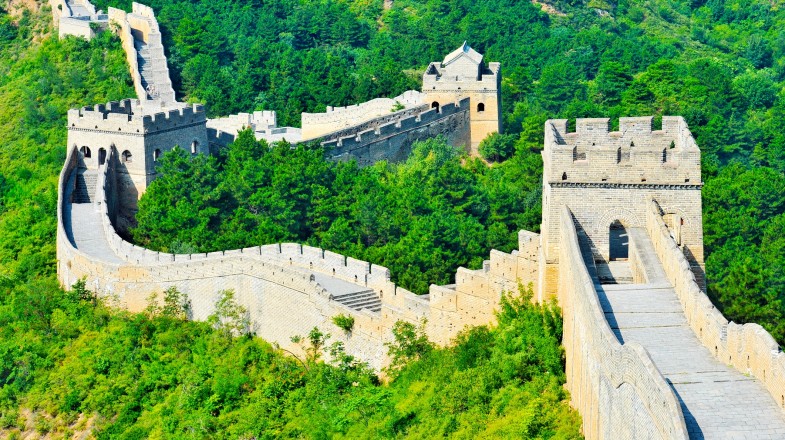
_____ was a Japanese noble and writer, who wrote The Tale of Genji. As an author she described Japanese royal court life in great detail.
a.Hernan Cortes. b.Mansa Musa. c.Lady Mirasaki Shikubu. d.Prince Shotoku e.Emperor Wudi
Lady Mirasaki Shikubu was a Japanese noble and writer, who wrote The Tale of Genji. As an author she described Japanese royal court life in great detail.
_____ is the religion that spread from India to China along the Silk Road and other trade routes. it introduced ideas of reincarnation and an escape from suffering.
a.Ancestor worship. b.Animism. c.Buddhism. d.Confucianism. e.Daoism. f.Legalism. g.Polytheism. i.Shintoism
c.Buddhism is the religion that spread from India to China along the Silk Road and other trade routes. it introduced ideas of reincarnation and an escape from suffering.
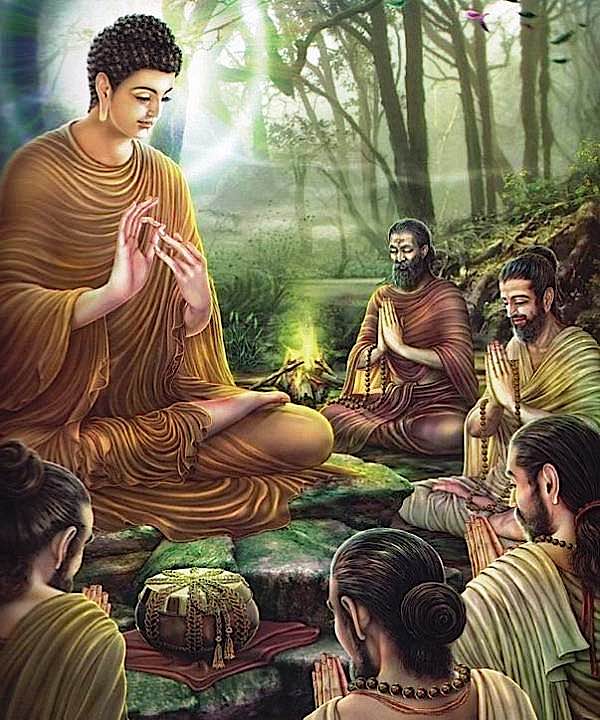
_______ is/are a crop grown throughout much of Asia and the world, especially around the Chang Jiang Valley.
a.Cacao beans b.Jade c.Kente d.Maize e.Obsidian f.Silk g.Silt h.Rice
h. Rice is/are a crop grown throughout much of Asia and the world, especially around the Chang Jiang Valley.
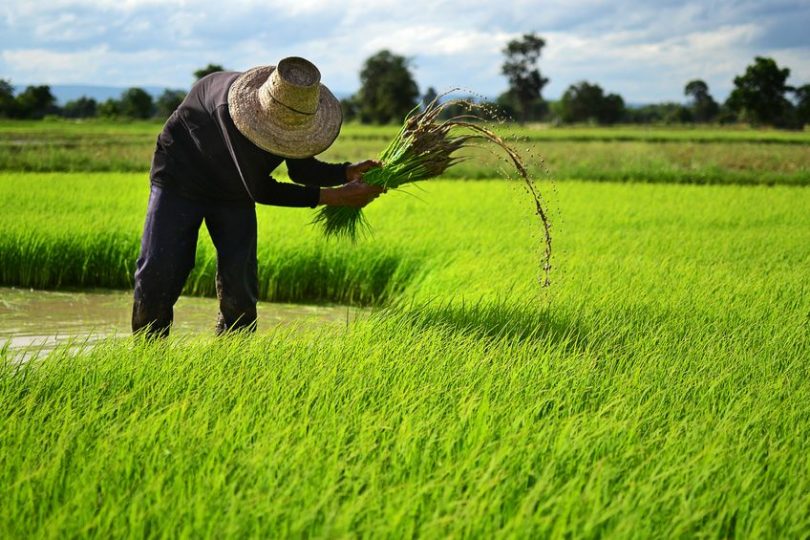
_______ is/are a writing system in which pictures were used to represent objects, ideas, and sounds. Civilizations including the Egyptians & Mayans wrote using this writing system.
a.Acupuncture b.Cacao beans. c.Causeways. d.Hieroglyphics. e.Observatories f.Seismograph. g.Silk h.The sundial i.The wheelbarrow. j.Trade routes
b. Hieroglyphics is a writing system in which pictures were used to represent objects, ideas, and sounds. Civilizations including the Egyptians & Mayans wrote using this writing system.
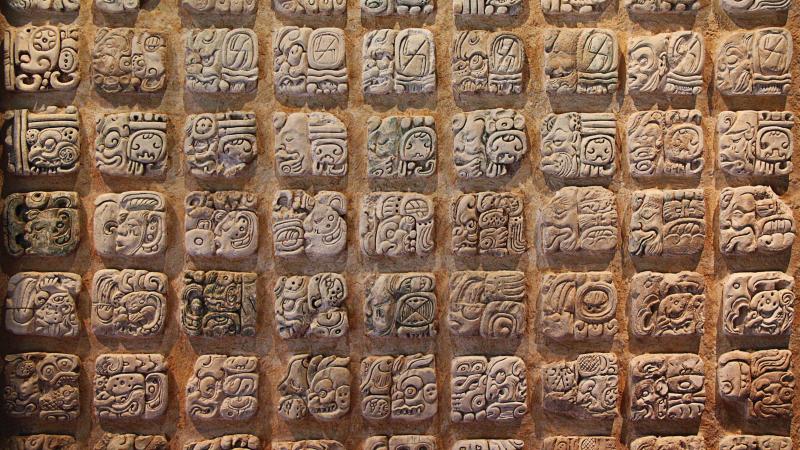
_____ city on the Niger River in the modern country of Mali; as part of the Mali empire, it became a major hub of the trans-Saharan trade and a center of Islamic learning
a.The Great Wall b.The Plateau of Tibet c.The Silk Road d.Timbuktu
d.Timbuktu is city on the Niger River in the modern country of Mali. As part of the Mali empire, it became a major hub of the trans-Saharan trade and a center of Islamic learning.

_____ was a Japanese regent, who was influential in bringing Buddhism and Chinese ideas to Japan.
a.Hernan Cortes. b.Mansa Musa. c.Lady Mirasaki Shikubu. d.Prince Shotoku e.Emperor Wudi
d. Prince Shotoku was a Japanese regent, who was influential in bringing Buddhism and Chinese ideas to Japan.
_____ is a traditional Japanese religion whose followers believe that all things in the natural world are filled with divine spirits called kami.
a.Ancestor worship. b.Animism. c.Buddhism. d.Confucianism. e.Daoism. f.Legalism. g.Polytheism. i.Shintoism
i. Shintoism is a traditional Japanese religion whose followers believe that all things in the natural world are filled with divine spirits called kami.
_______ is/are a hand-woven, brightly colored West African fabric.
a.Cacao beans b.Jade c.Kente d.Maize e.Obsidian f.Silk g.Silt h.Rice
c. Kente is/are a hand-woven, brightly colored West African fabric.
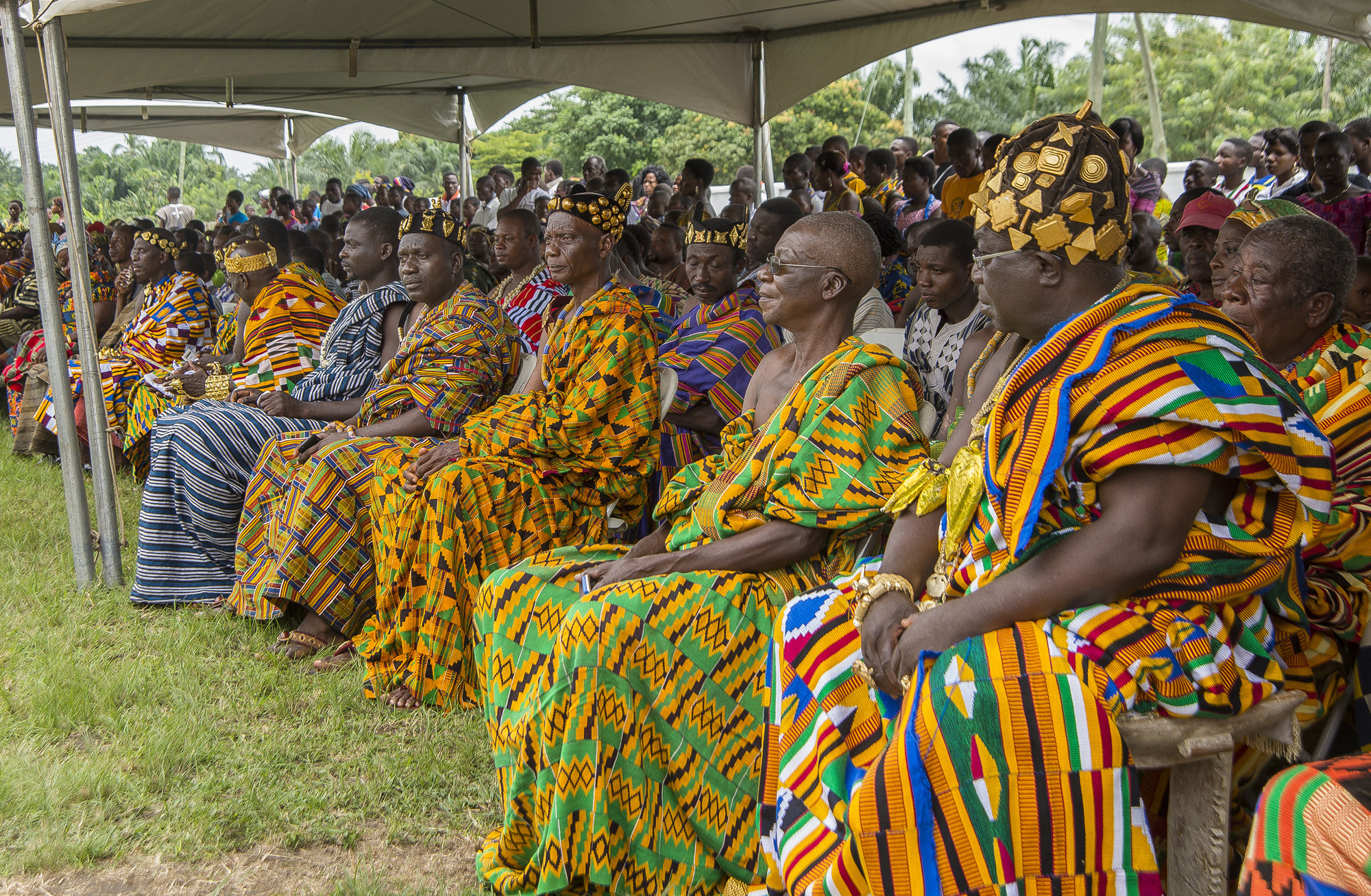
_____ is a soft, light, highly valued fabric. Its production was kept secret in ancient China.
a.Acupuncture b.Cacao beans. c.Causeways. d.Hieroglyphics. e.Observatories f.Seismograph. g.Silk h.The sundial i.The wheelbarrow. j.Trade routes
e. Silk is a soft, light, highly valued fabric. Its production was kept secret in ancient China.
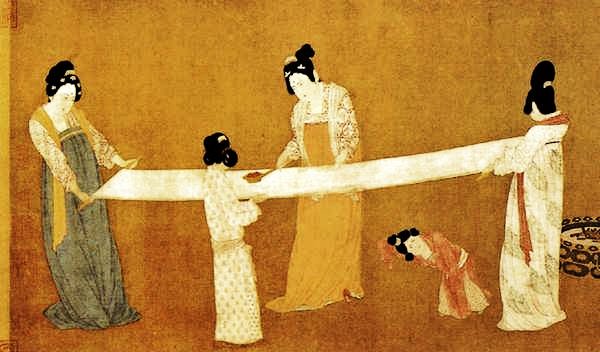
A _____ is an open grassland with scattered trees.
a.rainforest b.rift c.savannah
A c. savannah is an open grassland with scattered trees.
